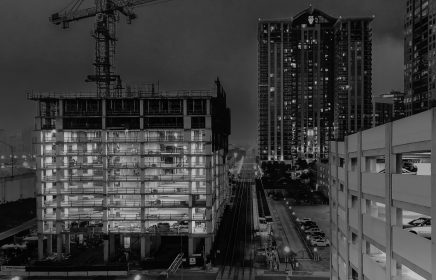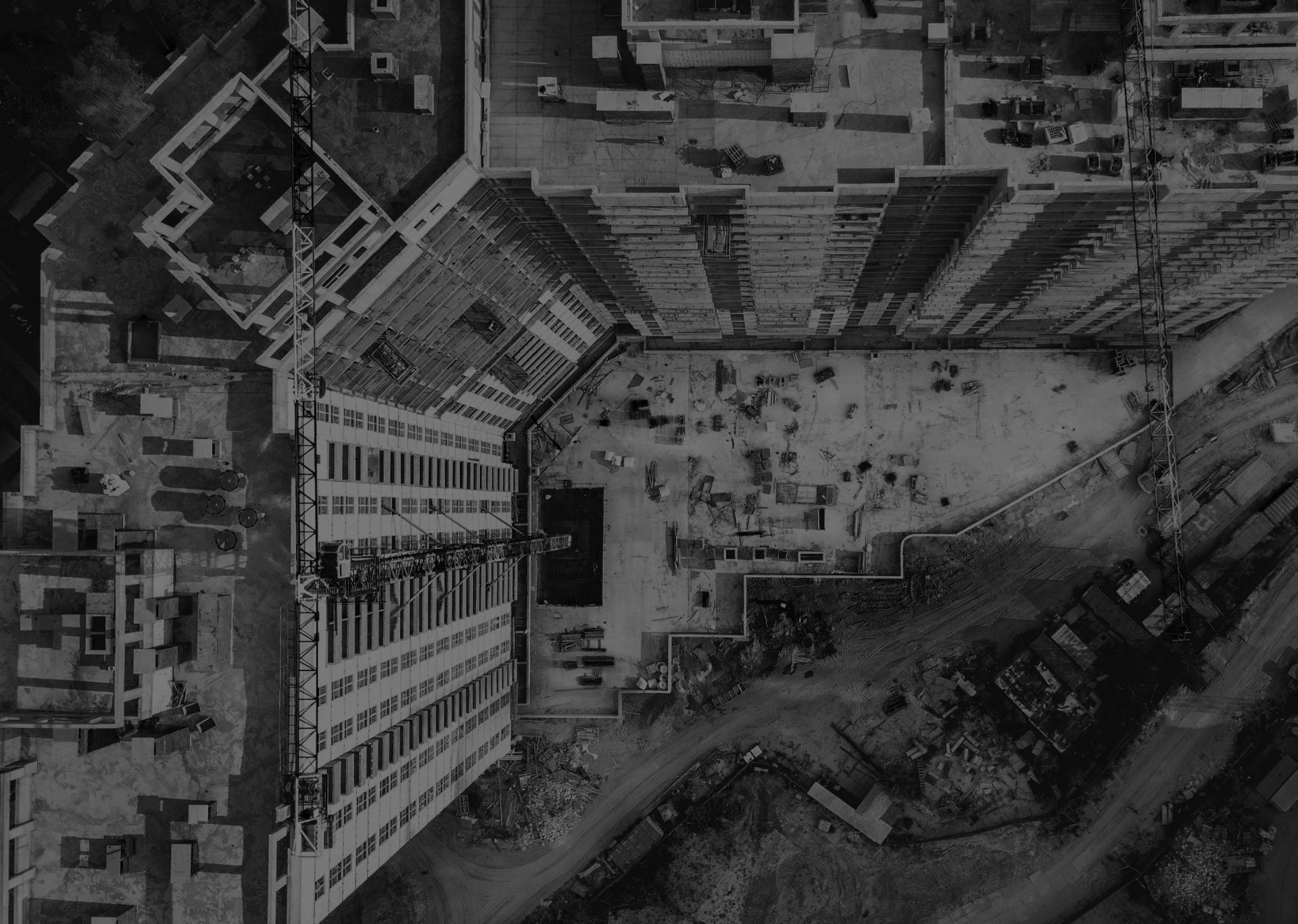
The Problem
with Construction
and the Digital Opportunity

Digital technology is changing rapidly, yet projects starting now may not be finished for years and the new buildings or infrastructure will be in use for many decades. The way that people live and work is evolving fast, as is… Read More
Digital technology is changing rapidly, yet projects starting now may not be finished for years and the new buildings or infrastructure will be in use for many decades.
The way that people live and work is evolving fast, as is Smart technology so the key therefore is to make plans for buildings, infrastructure, energy and transportation fit for the smart city changes that we can see coming, and for the likely future direction.
We recognise that some things will change in ways that we can’t predict, so the ideal plan includes flexibility that makes allowances for new technologies to be installed and space to be re-allocated as the world changes.
For example, 15 years ago communications technology would have required copper wires to the building and network cabling all over the building.
Now fibre to the building is the best option and wi-fi has made network cabling, to every desk within buildings increasingly pointless.
So how do you make sensible future proofing decisions now, that you won’t regret later on? Though the detail of the way technology will evolve and be used is uncertain, we can see trends and direction now that, with some care in design, will allow assets to adjust to what the future brings.
History has shown that reality is always a bit different from what the futurists thought and the wisest decision is often the one that maximises the chance to adapt to the future as it happens.
We therefore think it is best to have adaptability and flexibility, as core principles throughout the master planning and design process. Some examples of this sort of thinking are ideas for electric and autonomous vehicles, smart infrastructure and smart buildings.
Electric and autonomous vehicles. It looks like we are in the early stages of a smart transport revolution. Transport is expected to shift heavily from fossil fuels to electricity.
Countries across Europe have already announced plans to phase out fossil-fuelled cars in favour of electric vehicles, with target dates ranging from 2025 to 2040. Even China has announced plans to phase out fossil fuel cars.
This extra power demand puts strains on the electricity network, particularly where fast charging is required. The cost of solar generation has come down dramatically and in the sunnier parts of the world is cheaper than grid electricity.
Using the roof areas for de-centralised solar power could be sensible. This requires ways of storing the energy for use at night, with battery packs in each house that also help smooth the charging demand for electric cars. Having some local energy storage in each house and car park helps smooth the demands on the network and make electric vehicles practical, so in a new development is worth considering and at least allowing space for. Many local councils now require charging points to be installed in new developments. This must be inducted in Planning Application.
Also it is clear that Carbon Awareness for the likes of material selection is also going to be part of future infrastructure requirements (Design and Operations).
Autonomous, electric vehicles will potentially change where people park, or even their desire to own a car. If cars can park themselves and come when you call, then parking can be very different. It may be that most people will not want to own a car anymore, if they can call an autonomous taxi fast at low cost.
Smart technology can monitor parking spaces, so that they are used efficiently. We are already seeing the most forward-thinking clients, insisting that any new multi-story carparks are designed to be easily converted to office space if in the future carparks are obsolete.
Digital technology is changing rapidly, yet projects starting now may not be finished for years and the new buildings or infrastructure will be in use for many decades.
The way that people live and work is evolving fast, as is Smart technology so the key therefore is to make plans for buildings, infrastructure, energy and transportation fit for the smart city changes that we can see coming, and for the likely future direction.
We recognise that some things will change in ways that we can’t predict, so the ideal plan includes flexibility that makes allowances for new technologies to be installed and space to be re-allocated as the world changes.
For example, 15 years ago communications technology would have required copper wires to the building and network cabling all over the building.
Now fibre to the building is the best option and wi-fi has made network cabling, to every desk within buildings increasingly pointless.
So how do you make sensible future proofing decisions now, that you won’t regret later on? Though the detail of the way technology will evolve and be used is uncertain, we can see trends and direction now that, with some care in design, will allow assets to adjust to what the future brings.
History has shown that reality is always a bit different from what the futurists thought and the wisest decision is often the one that maximises the chance to adapt to the future as it happens.
We therefore think it is best to have adaptability and flexibility, as core principles throughout the master planning and design process. Some examples of this sort of thinking are ideas for electric and autonomous vehicles, smart infrastructure and smart buildings.
Electric and autonomous vehicles. It looks like we are in the early stages of a smart transport revolution. Transport is expected to shift heavily from fossil fuels to electricity.
Countries across Europe have already announced plans to phase out fossil-fuelled cars in favour of electric vehicles, with target dates ranging from 2025 to 2040. Even China has announced plans to phase out fossil fuel cars.
This extra power demand puts strains on the electricity network, particularly where fast charging is required. The cost of solar generation has come down dramatically and in the sunnier parts of the world is cheaper than grid electricity.
Using the roof areas for de-centralised solar power could be sensible. This requires ways of storing the energy for use at night, with battery packs in each house that also help smooth the charging demand for electric cars. Having some local energy storage in each house and car park helps smooth the demands on the network and make electric vehicles practical, so in a new development is worth considering and at least allowing space for. Many local councils now require charging points to be installed in new developments. This must be inducted in Planning Application.
Also it is clear that Carbon Awareness for the likes of material selection is also going to be part of future infrastructure requirements (Design and Operations).
Autonomous, electric vehicles will potentially change where people park, or even their desire to own a car. If cars can park themselves and come when you call, then parking can be very different. It may be that most people will not want to own a car anymore, if they can call an autonomous taxi fast at low cost.
Smart technology can monitor parking spaces, so that they are used efficiently. We are already seeing the most forward-thinking clients, insisting that any new multi-story carparks are designed to be easily converted to office space if in the future carparks are obsolete.
Smart sensors and control systems enable buildings to use energy more efficiently. Heating and air-conditioning controls vary depending on the weather outside, humidity and the people inside, to minimise the energy required to hold temperature and to vary the way the system works morning,… Read More
Smart sensors and control systems enable buildings to use energy more efficiently. Heating and air-conditioning controls vary depending on the weather outside, humidity and the people inside, to minimise the energy required to hold temperature and to vary the way the system works morning, daytime and at night. Smart building technology can also help monitor how the building is used or allow flexible use of space (for example the ability to book desks dynamically in a hot desking office).
We find that for any large building these days, it is worth incorporating smart building technology into the design.
A Building Management System (BMS) that uses Internet Protocol (IP) wiring means less cabling at the time of installation and makes it much easier to plug in additional sensors and functionality in the years to come.
The ability to get data out of the BMS in an open data standard is also important for future proofing; allowing building data to be integrated with other data to enable digital services for the building users.
Smart infrastructure including sensors, controls and monitoring in the design of new infrastructure networks is relatively low cost and, with a bit of thought, some simple and practical design changes can make it easy to inspect, maintain, change, upgrade and add to the infrastructure.
The revolution in “Internet of Things (IoT)” is driven by dramatic drops in the cost of sensors and the cloud computing power, to gather and exploit the data.
For example, rather than just burying pipes and cables underground, for a long-term asset owner it is often worth the additional cost to install concrete trunking with access from the top and space to expand. Then new technologies, power, fibre, cabling etc. can just be dropped in without digging and maintenance is much easier and cheaper. It costs more initially but saves money time and effort over the medium term.
Smart sensors and control systems enable buildings to use energy more efficiently. Heating and air-conditioning controls vary depending on the weather outside, humidity and the people inside, to minimise the energy required to hold temperature and to vary the way the system works morning, daytime and at night. Smart building technology can also help monitor how the building is used or allow flexible use of space (for example the ability to book desks dynamically in a hot desking office).
We find that for any large building these days, it is worth incorporating smart building technology into the design.
A Building Management System (BMS) that uses Internet Protocol (IP) wiring means less cabling at the time of installation and makes it much easier to plug in additional sensors and functionality in the years to come.
The ability to get data out of the BMS in an open data standard is also important for future proofing; allowing building data to be integrated with other data to enable digital services for the building users.
Smart infrastructure including sensors, controls and monitoring in the design of new infrastructure networks is relatively low cost and, with a bit of thought, some simple and practical design changes can make it easy to inspect, maintain, change, upgrade and add to the infrastructure.
The revolution in “Internet of Things (IoT)” is driven by dramatic drops in the cost of sensors and the cloud computing power, to gather and exploit the data.
For example, rather than just burying pipes and cables underground, for a long-term asset owner it is often worth the additional cost to install concrete trunking with access from the top and space to expand. Then new technologies, power, fibre, cabling etc. can just be dropped in without digging and maintenance is much easier and cheaper. It costs more initially but saves money time and effort over the medium term.
Predicting the future is difficult. Build flexibility into the design where you can, often this costs very little, but future proofs your built asset.
If you would like to know more please click on one of our sponsors: